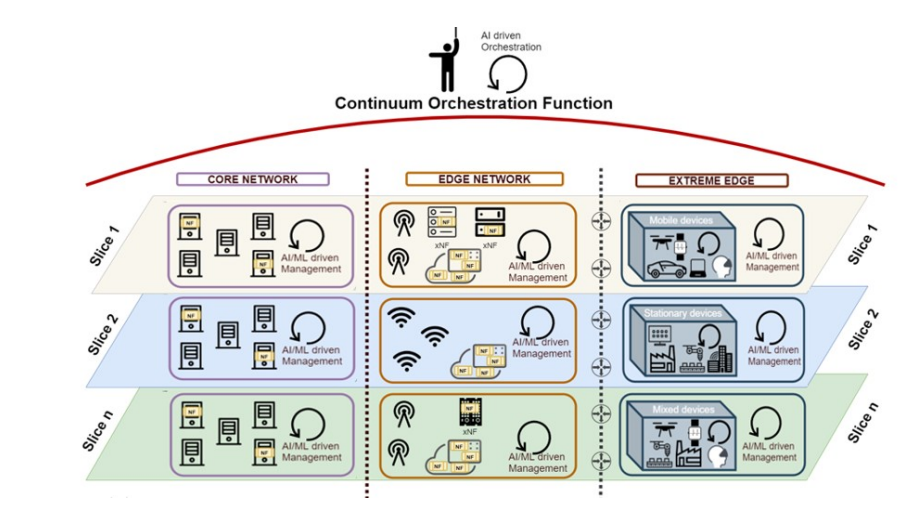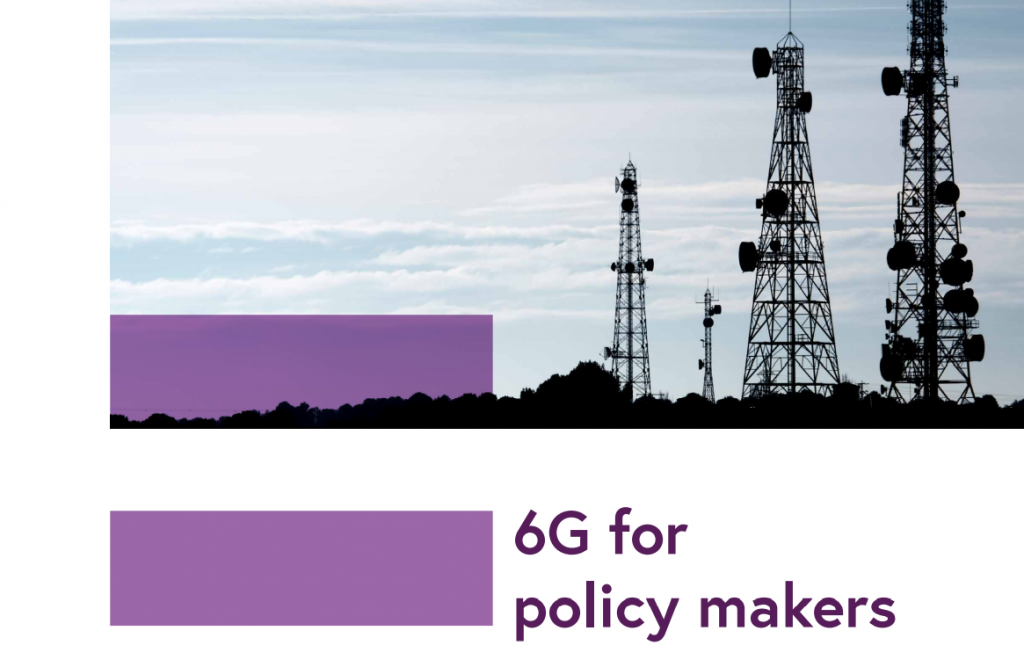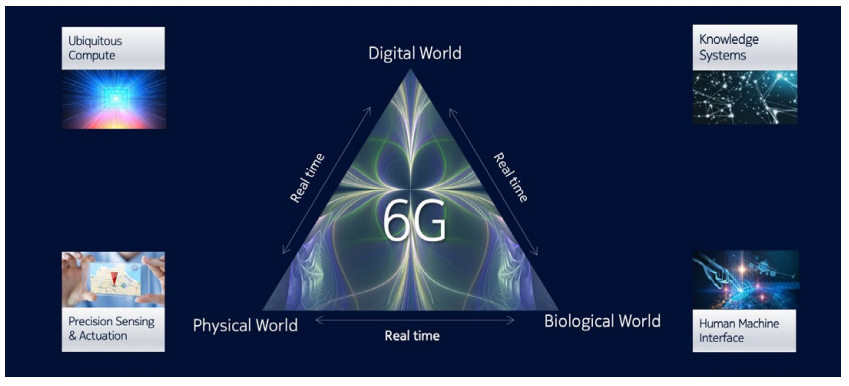6G Fundamentals: Vision and Enabling Technologies

This research paper by Dr David Soldani of the University of New South Wales explores what a 6G network might credibly look like and how it can be made to function.
The author’s vision is that, by 2030, “all intelligence will be connected following a defence-in-depth strategy – augmented by a zero-trust model – through digital twinning, using B5G/6G wireless, and machine reasoning will meet machine learning at the edge”.
The paper includes discussions of a wide ranging set of issues and ideas, including an extensive set of links to further reading, videos and articles and illustrations of key concepts.
Hexa-X: Gaps, Features & Enablers for B5G/6G Service Management & Orchestration

One of the Hexa-X projects’ earliest deliverables addresses the massively complex topic of service management and orchestration in a flexible, heterogeneous network of networks.
This paper outlines the current state of the art and, crucially, features a gap analysis outlining where further research is needed.
IET: 6G For Policymakers

The IET recently published a white paper arguing that taking steps towards 6G has the potential to renew national infrastructure, build a better society and more… given the right policy environment.
5G-IA: Calls For New Members Beyond Telecoms

As the 5G-PPP (Public-Private Partnership) evolves to something more than 5G, the call goes out for new members in areas including AI, Distributed Ledger technology, Photonics and Data Analytics.
Nokia: Communications in the 6G Era

In this paper, we attempt to paint a broad picture of
communication needs and technologies in the timeframe of 6G. The future of connectivity
is in the creation of digital twin worlds that are a true representation of the physical and
biological worlds at every spatial and time instant, unifying our experience across these
physical, biological and digital worlds. New themes are likely to emerge that will shape 6G
system requirements and technologies, such as: (i) new man–machine interfaces created
by a collection of multiple local devices acting in unison; (ii) ubiquitous universal computing
distributed among multiple local devices and the cloud; (iii) multi-sensory data fusion to
create multi-verse maps and new mixed-reality experiences; and (iv) precision sensing
and actuation to control the physical world.



